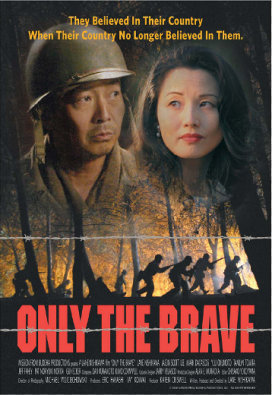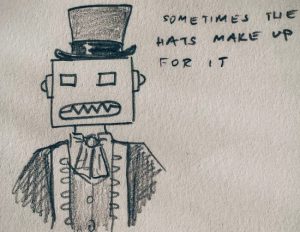Just thinking out loud here: the ACW isn’t my specialist field, but when history makes the news I get to pondering. Here are some quick thoughts on a question asked by reader and old friend Ian:
Right now in the US the Confederate flag has come under fire. Of course some people feel it isn’t about slavery, because the civil war was about liberty. Now at this stage of my life I feel comfortable saying those people have swallowed a manufactured myth. That the civil war was about slavery (I leave the question of moral vs economic as separate issue). But of course for people who have swallowed the fiction, their flying of the flag is not racist because the war wasn’t about slavery.
Ian goes on to ask how the myth that the Civil War was fought for “states’ rights” came about, given that the people who founded the Confederacy were absolutely clear on the fact that the war was about slavery (seriously, it is pretty open and shut).
I think that this particular story is almost as old as the conflict itself. In the article I just linked to, Ta-Nehisi Coates suggests that the idea of “states’ rights” was basically a way for southerners to talk about their cause without alienating the British, since British support was the only way the Confederacy could hope to withstand the Union. The huge British textile industry needed (or at least would be greatly inconvenienced without) imported American cotton, but at the same time, public opinion in the UK was pretty firmly against slavery. “States’ rights” might have helped the British swallow the idea of keeping the Confederacy alive if the South had kept winning — but they didn’t, so in the end it didn’t matter. Still, it’s a nice, more politically-acceptable way of expressing Confederate war aims.
As for the emphasis on “rights” in the decades following the war, the ACW is not really my area but I assume that it was just one of the ways in which, in the aftermath of a conflict, its partisans try to drift their stances away from obviously-doomed positions. So no one who counts is in favour of slavery today, but certainly people are in favour of rights. Everyone likes rights! So claiming that the war was about “states’ rights” — which, after all, it was in a sense, just, y’know, one specific “right” — is more palatable than admitting that it was about wanting the power to hold your fellow humans in durance vile.
It has a psychological element, too, as well as just a political one. Someone (Max Hastings?) once wrote that German soldiers in WWII served “with courage worthy of a better cause,” and I think you can also see the same impulse at work there. Knowledge of “your” own wrongdoing is a painful thing. Given the loss and pain of the war, it’s easy to understand why people want it to have been for something from the Confederate perspective.

Lots of different writers and historians were eager to support this version of events. I’m not an expert on the period but I gather that the historical revision started very quickly after the war, particularly after the death of Robert E. Lee (who died in 1870, leaving the South with an easy saint). There are whole groups that repeat this tale — former Confederate general Jubal Early was a key figure, and organisations like the Daughters of the Confederacy also played an important role. It’s easy to feel better about an important part of your history when you don’t think that Grandpa Whatsisname was fighting for the right to keep that nice Mister Johnson from next door as some rich jerk’s possession. At least, I’d like to think that it is. And that goes for a society as a whole as well as a particular individual.
It wasn’t only Southerners who benefited from accepting the “states’ rights” version of the story, though. Believing — or professing to believe — that the Civil War wasn’t about some abstract concept called “states’ rights” helps with the whole post-war reconciliation thing. In any post-conflict situation, you get the problem of how much of a role you want the losing side to play in your post-war order; you see it with deNazification in Germany, you saw it in Iraq, and of course you see it in the post-war South. After the mid-1870s, they’re bringing back a lot of the old swine, and I imagine that’s easier to tolerate if you just throw the black people under the bus as usual and decided that it was a political squabble and it’s all over and done with.
So I think the idea of “states’ rights” was both psychologically appealing and politically convenient for everyone; it glossed over the unfinished post-war settlement and helped keep things ideologically peaceful, and if it hid a legacy of racism, well … people just didn’t really care about that in those days. A lot of people still don’t.
I often wonder, though — I mean, do you know any older person who should know better who thinks the war was about “states’ rights” who isn’t a racist?* I mean, maybe not like a huge hate-spewing bigot, but at least a little bit of a racist? My experiences on the internet suggest there may not be that many, but you know what the internet is like.
*or a crackpot?














